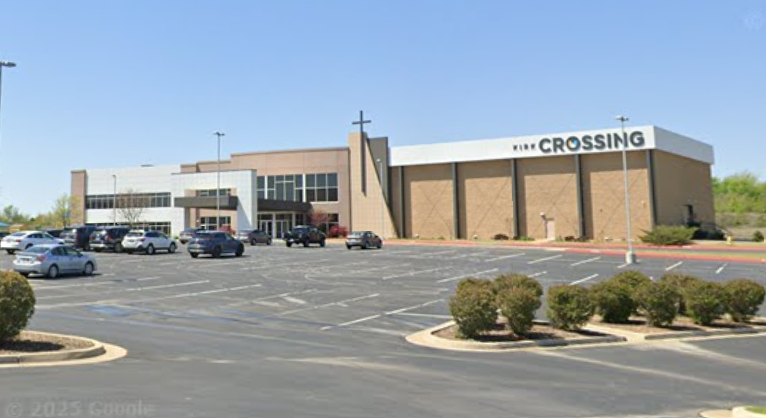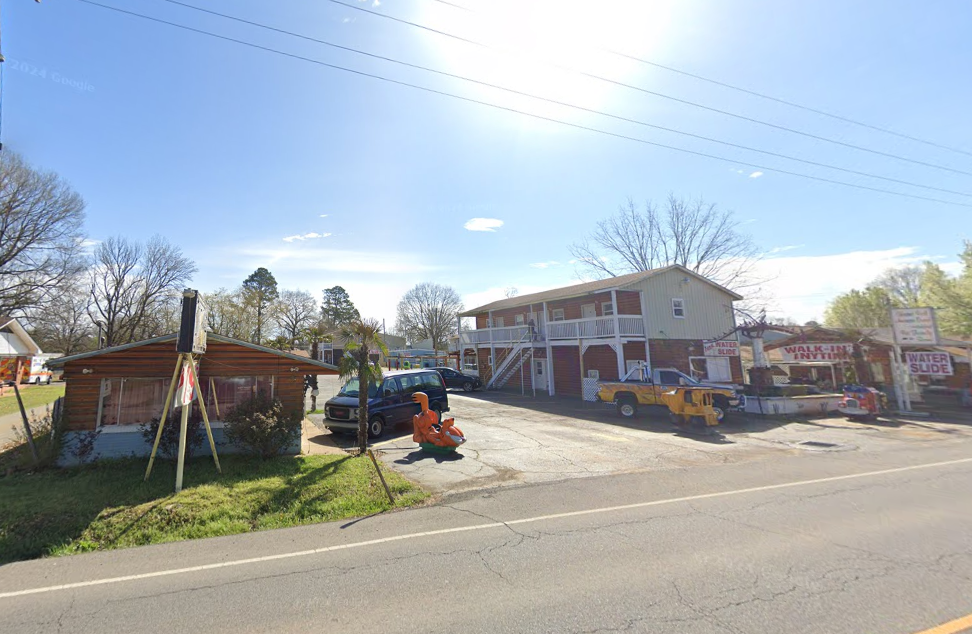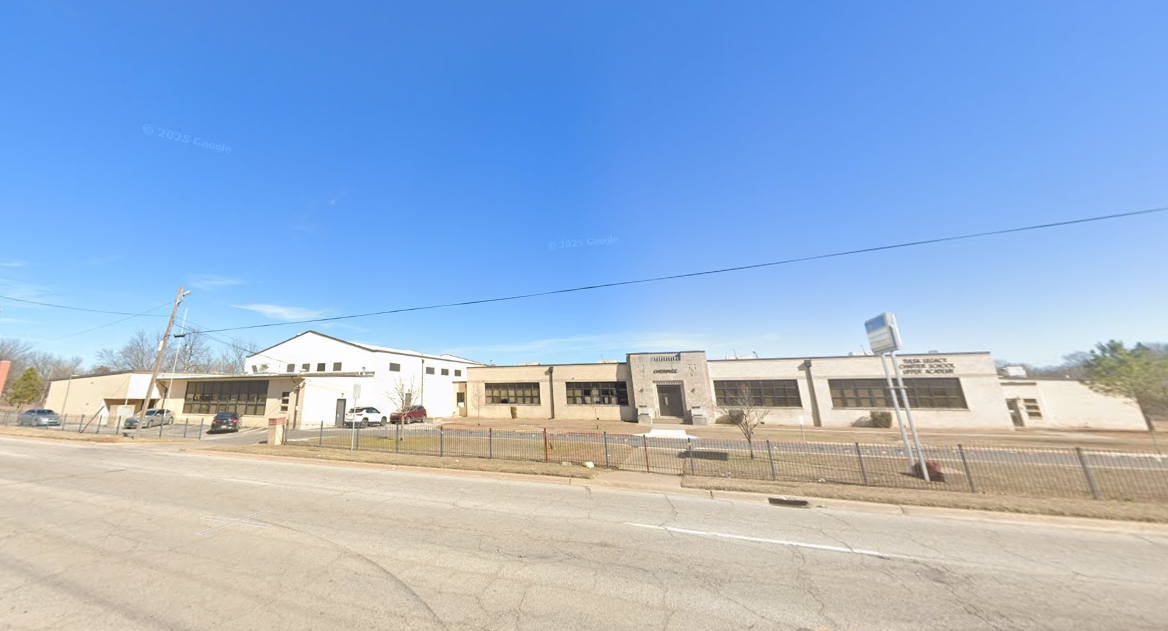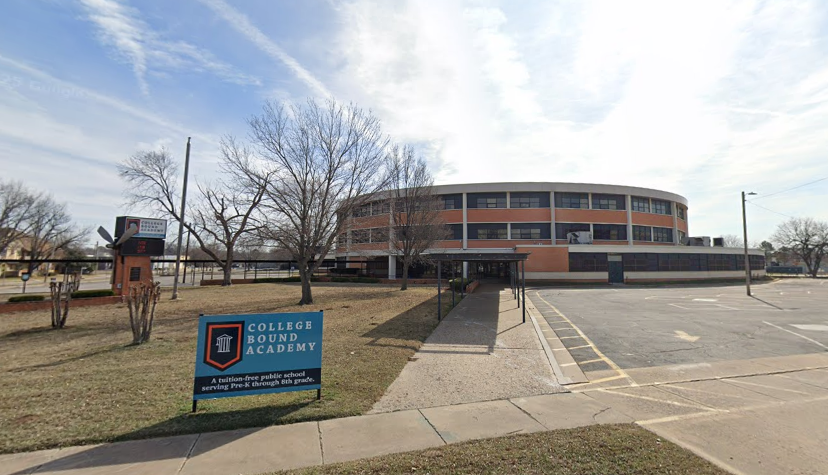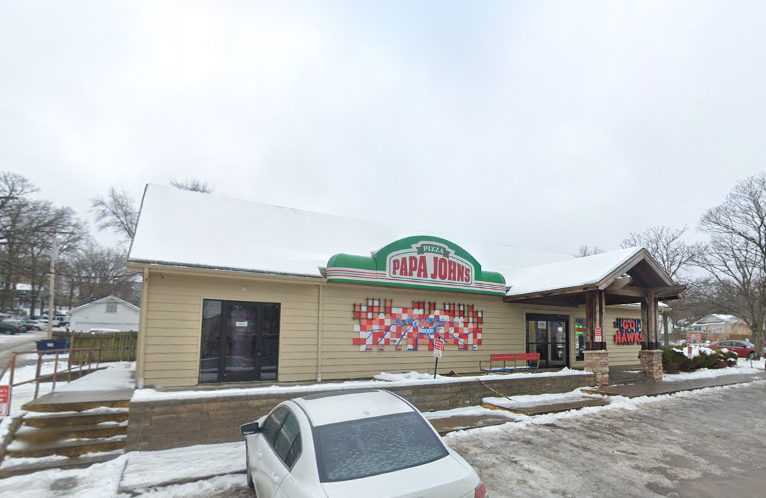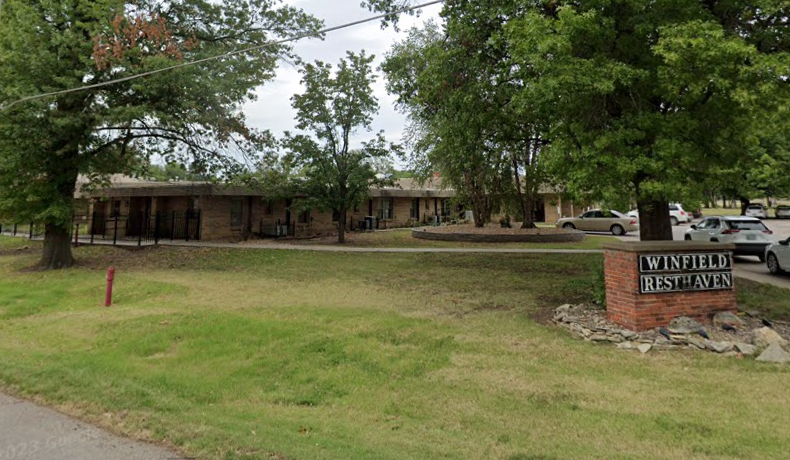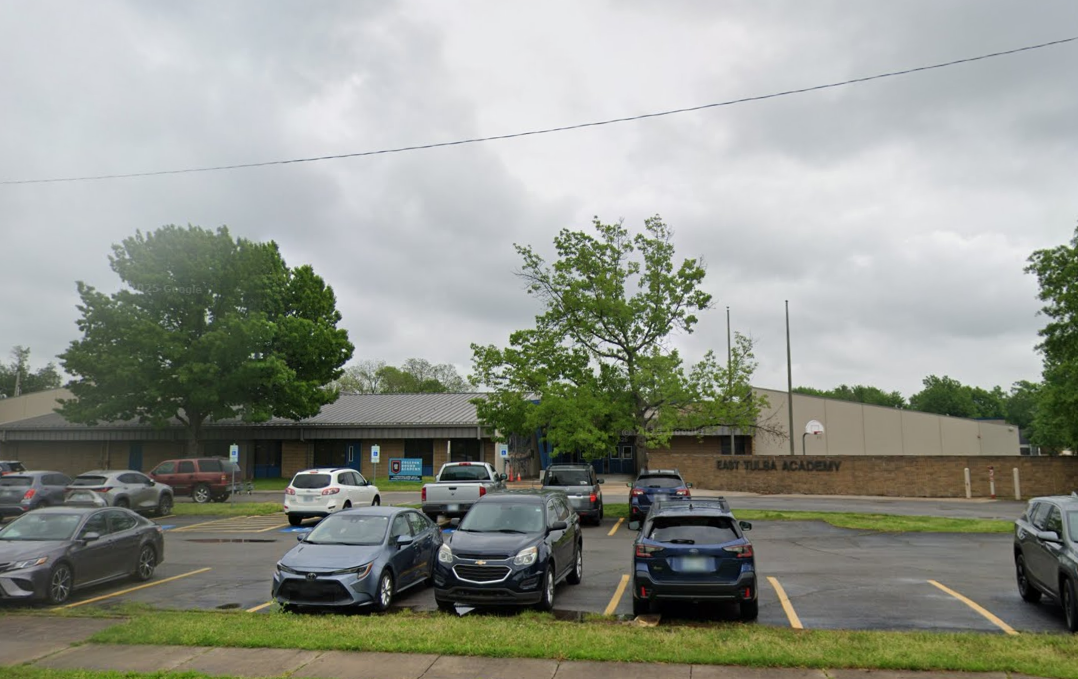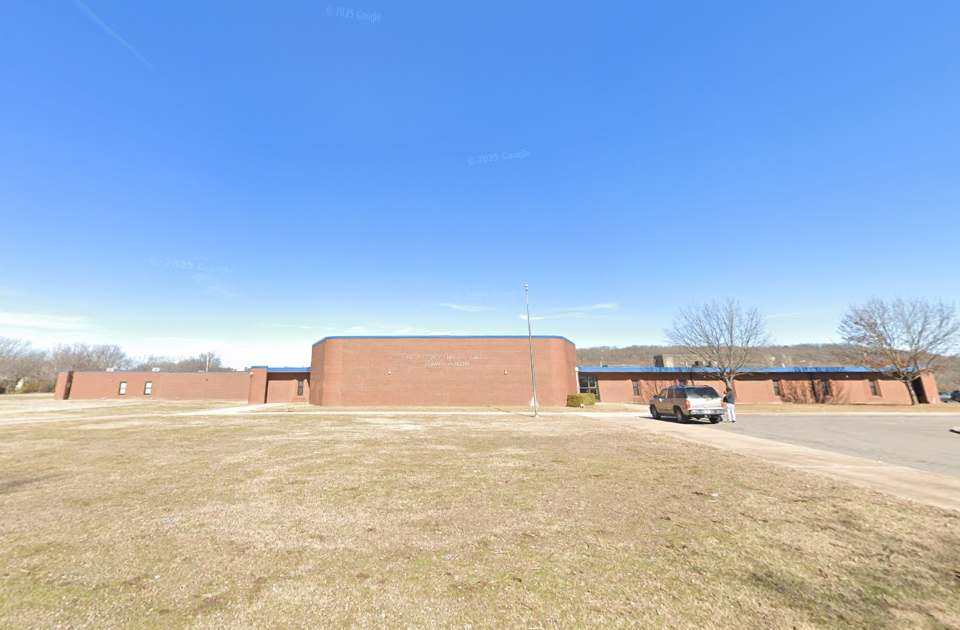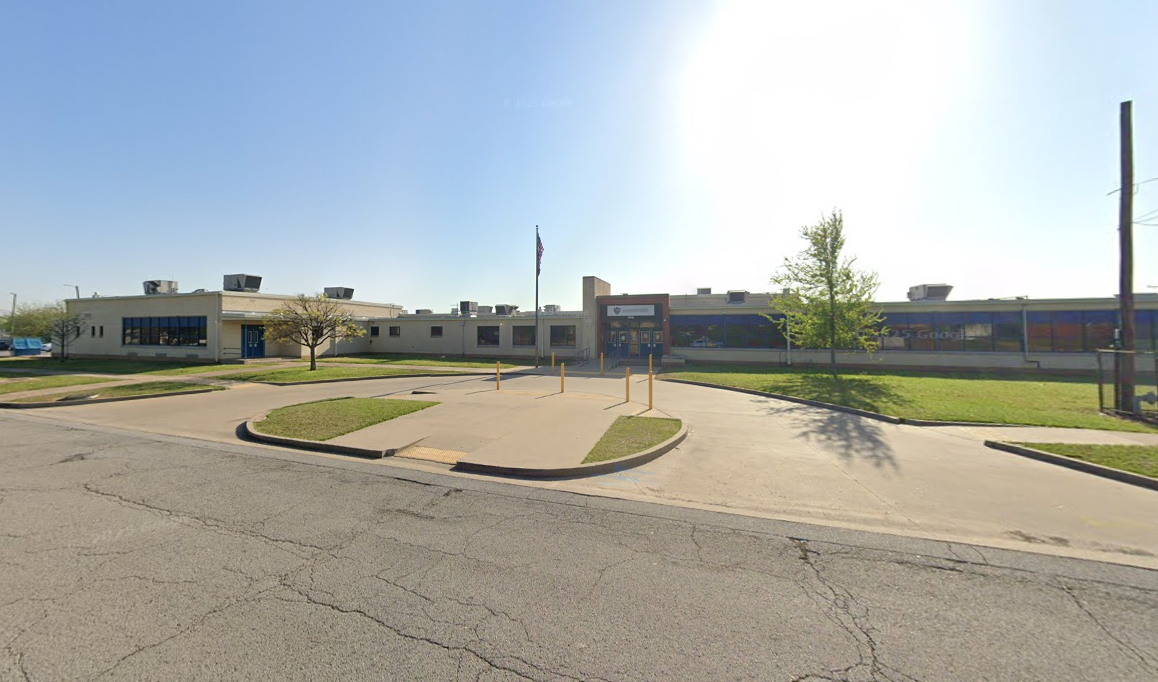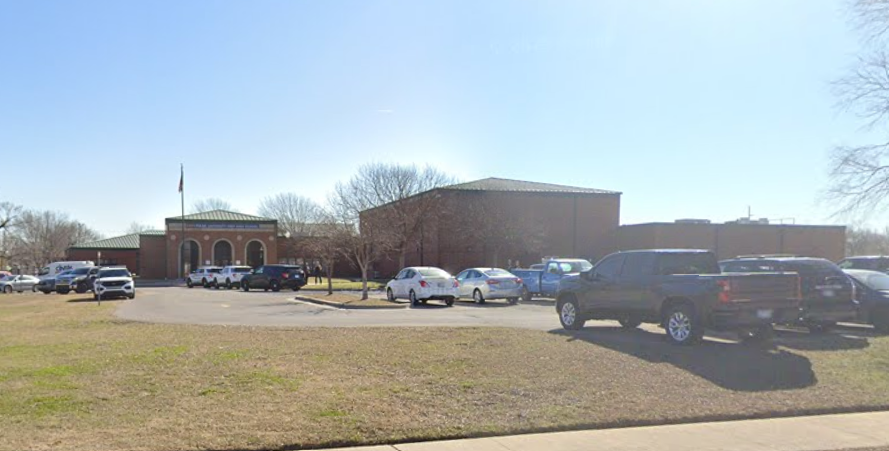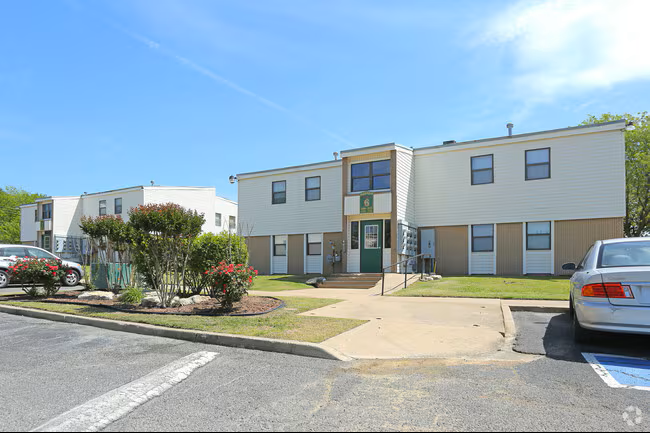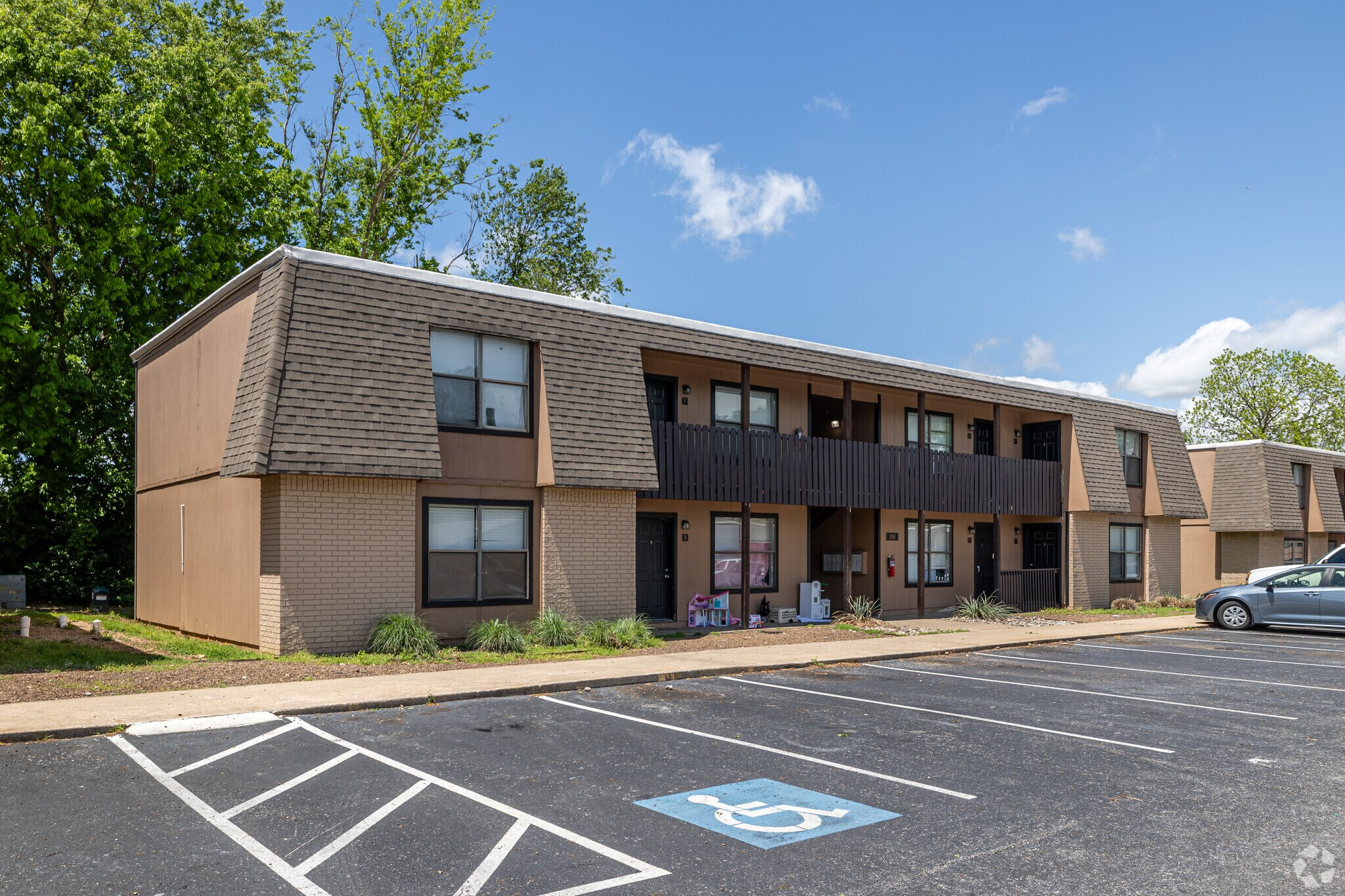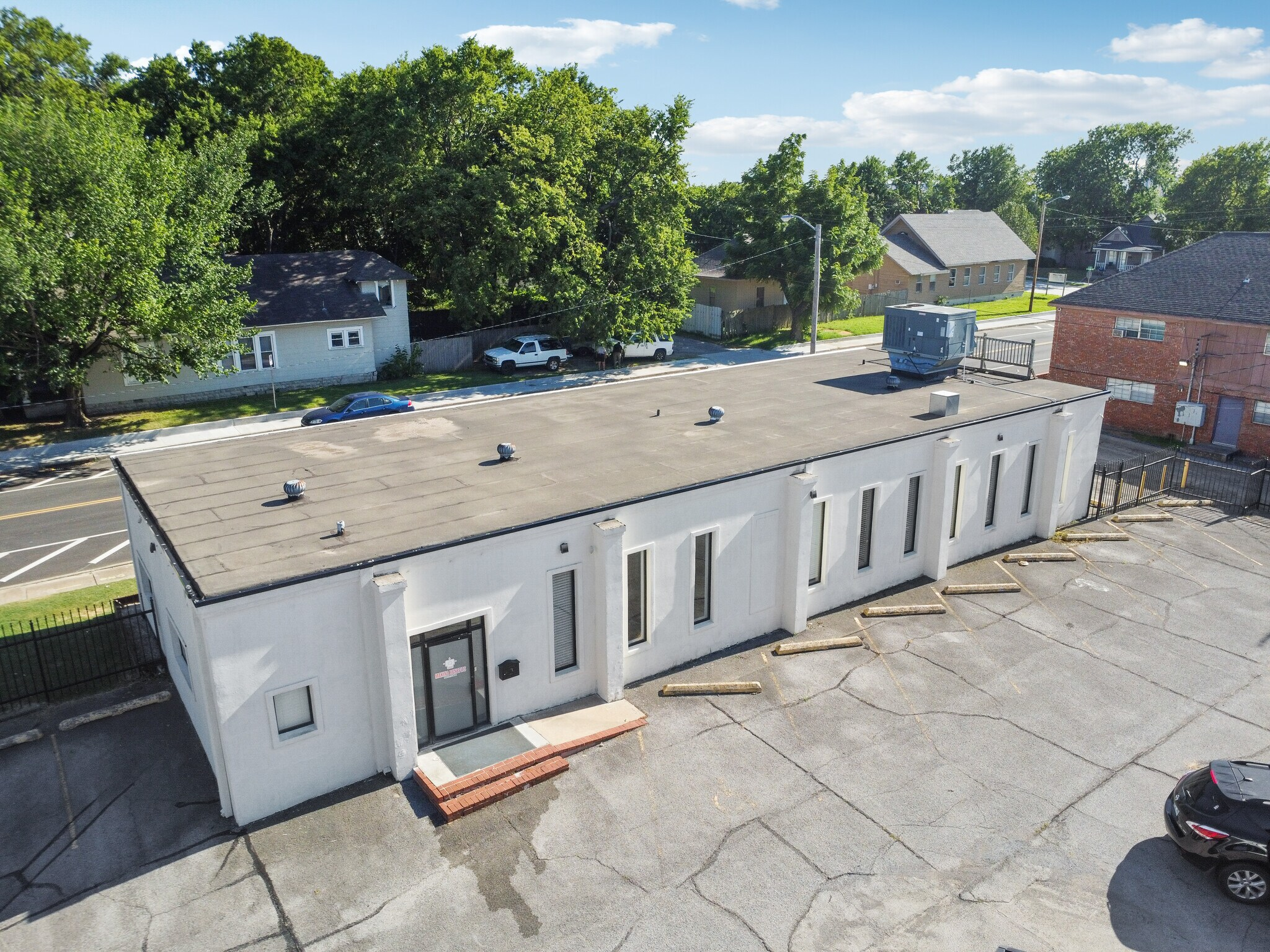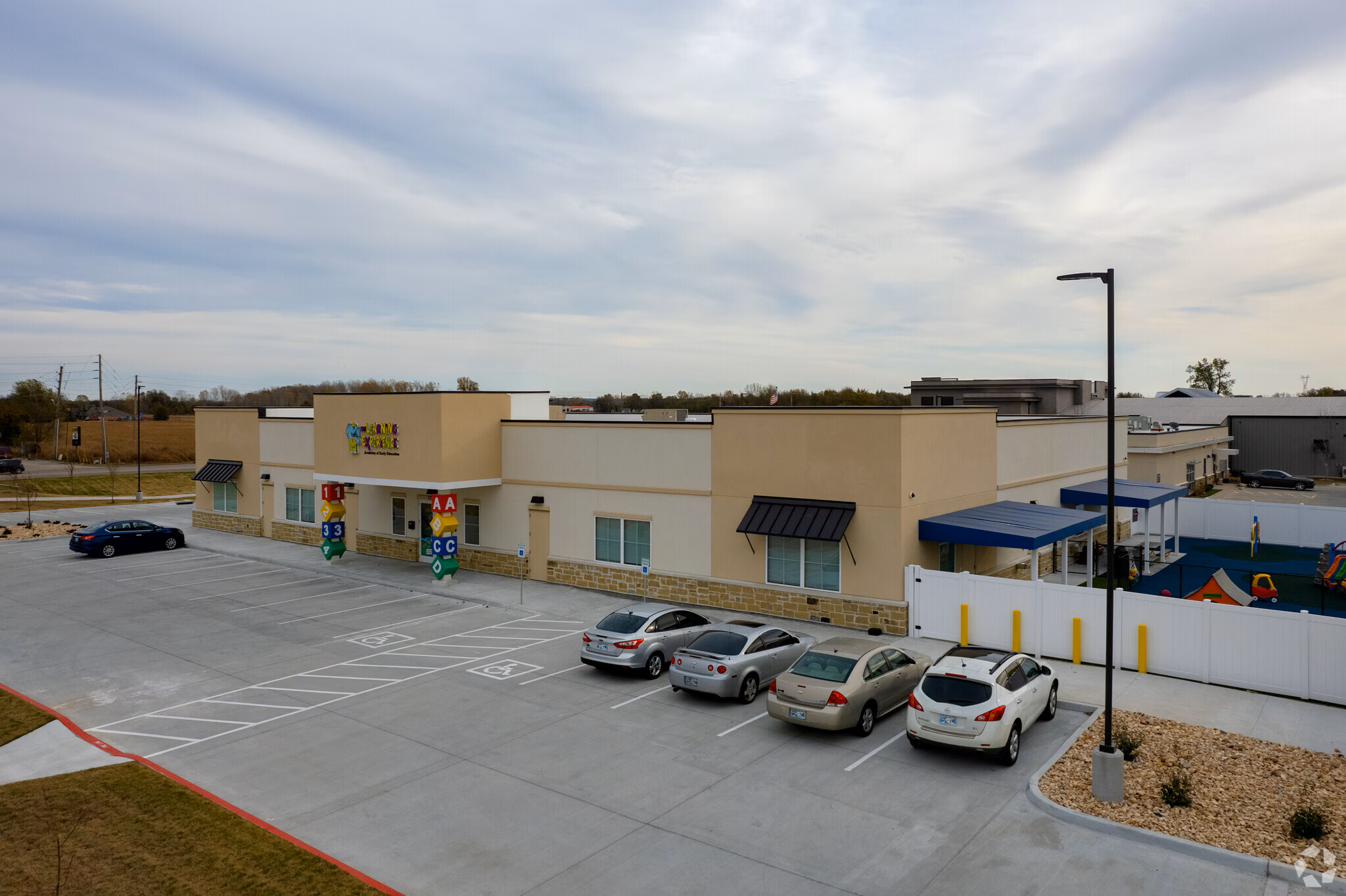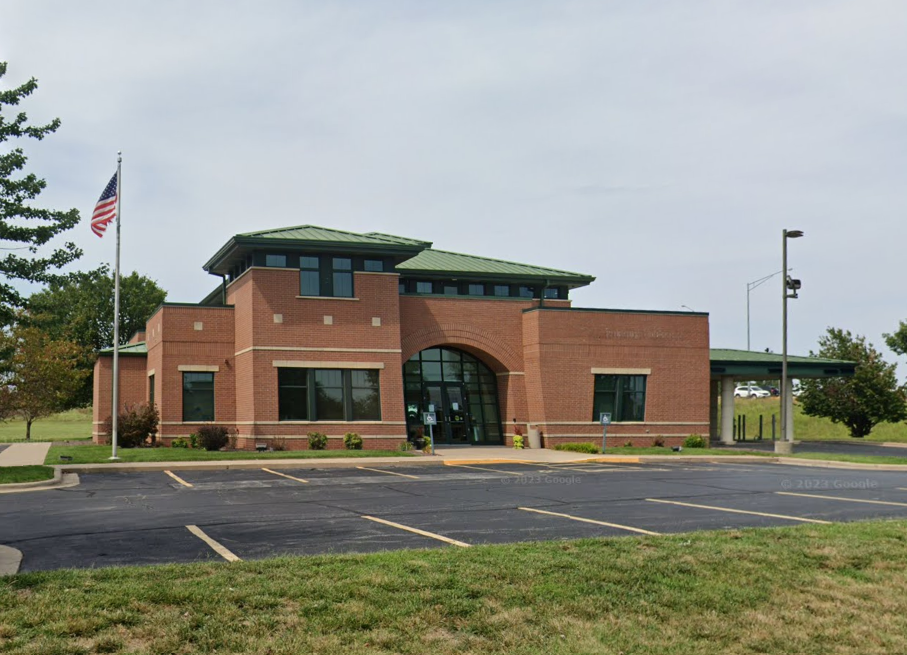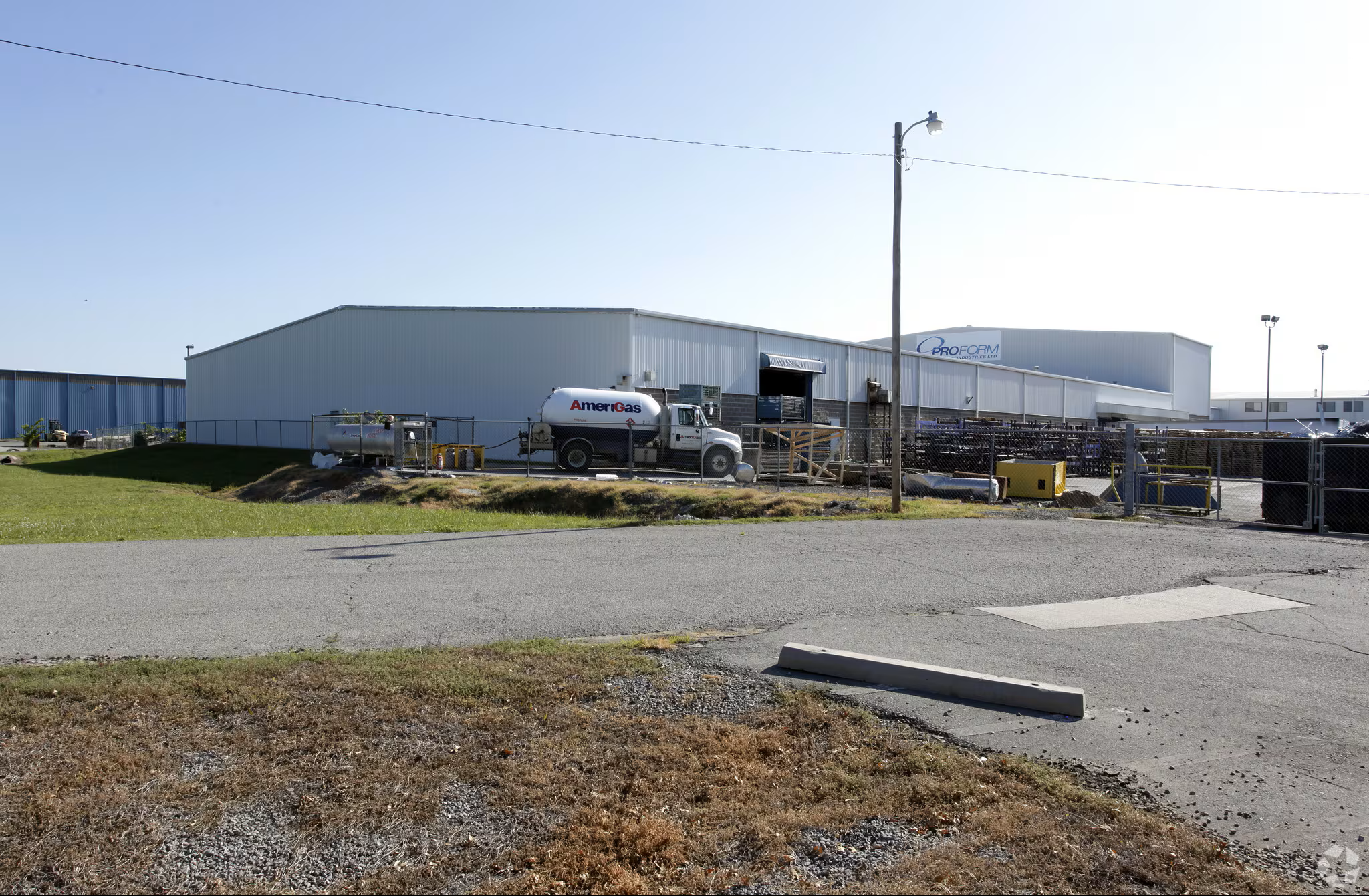The Educational and Care Facility Inspection That Puts Safety First and Risk Last
Supporting Safe, Compliant Spaces for Students, Children, and Seniors
Since 2019, daycares, schools, churches, and nursing homes have accounted for 10.7% of our total commercial property inspections in OK, KS, AR, and MO. These buildings serve some of the most vulnerable populations—children, students, and elderly residents. Whether public or private, owner-occupied or leased, these facilities carry significant responsibilities tied to life safety, code compliance, accessibility, and operational continuity.
From outdated fire systems to non-compliant ramps, the risks are high—but preventable. Our inspection services help ensure that your property supports its mission: protecting and serving people.
The People Behind the Property
Inspections in this category often involve a wider range of stakeholders than most commercial properties. Here’s how we support their unique needs:
Building Owners & Property Managers
Owners of educational and care facilities must proactively manage long-term capital planning and risk mitigation. Whether they manage one building or a full campus, condition and compliance are mission-critical.
Buyers & Sellers
Purchasing a facility to house a daycare, private school, or long-term care home comes with regulatory implications. Buyers must understand if the space is legally occupiable and cost-effective to bring up to current standards.
Lease Tenants
Operators leasing space for early childhood education, charter schools, or assisted living often rely on accurate inspection reports to understand the full condition of the building. Our reports empower better negotiation and occupancy planning.
Financial Institutions
Lenders underwriting these specialized-use buildings look for solid structural condition, updated safety systems, and evidence of ADA compliance. Our PCA and Cost Reports give underwriters the confidence they need to move forward.
Insurance Providers
These properties often include overnight occupancy, limited mobility populations, or high-traffic public areas. We inspect fire exits, sprinkler systems, and accessibility to support safe and insurable operations.
Government & Public Agencies
Many of these buildings are owned or leased by public entities. Agencies require detailed documentation of accessibility, code compliance, and life safety to fulfill their public service and legal mandates.
The Services That Deliver Confidence
Whether you serve toddlers, teenagers, or seniors, our inspection services are designed to promote safety, compliance, and continuity.
Property Condition Assessment (PCA)










For care and education facilities, our PCA includes:
Roofing and drainage (flat roofs, gutters, signs of ponding)
HVAC systems (zoned heating/cooling, filtration systems)
Electrical safety (outlets, emergency lighting, panel load)
Plumbing (accessible restrooms, water heaters, backflow prevention)
Life safety systems (sprinklers, alarms, emergency egress)
Fire doors and exit signage
ADA accessibility (ramps, bathrooms, signage)
General interior/exterior condition (trip hazards, playgrounds, handrails)
A Few of the Churches, Schools, and Care Facilities We’ve Inspected!
We summarize our findings in a Property Condition Report (PCR) that gives building managers a detailed, actionable roadmap for repair and improvement.
Opinion of Cost Report
This cost estimate report is especially useful for budget-constrained organizations and buyers who need to plan for upgrades. It includes:
Roof replacement or patching
HVAC modernization
Fire alarm/sprinkler upgrades
ADA retrofits (bathroom modifications, ramps, signage)
Accessibility and playground surface improvements
All estimates are informed by RSMeans data and local contractor input, with a 20% variance applied to reflect regional labor and material fluctuations.
ADA Accessibility Inspection
Because these buildings serve the public—especially vulnerable populations—ADA compliance is both a moral and legal priority. We evaluate:
Entrances and accessible routes
Door widths, hardware, and thresholds
Restroom accessibility
Drinking fountain and fixture heights
Classroom, cafeteria, and resident space layout
Our inspections follow ADA standards and the CCPIA COMSOP to help clients identify and prioritize accessibility improvements.
Common Findings in Care and Education Facility Inspections
These building types often show deferred maintenance, outdated systems, or missing code upgrades due to budget constraints. Here’s what we frequently uncover:
Outdated Fire Alarm Systems
Many older schools and facilities rely on systems that no longer meet modern fire code standards—or worse, don’t function consistently.Non-Compliant ADA Features
Inaccessible restrooms, missing grab bars, and non-compliant parking spaces are common and legally risky.HVAC Inefficiencies
Inadequate ventilation or poorly maintained units are especially problematic in environments where air quality affects vulnerable individuals.Roof and Drainage Problems
Aging flat roofs and clogged gutters often go unnoticed until they cause interior water damage or mold.Trip Hazards and Playground Risks
Uneven pavement, deteriorated rubber surfaces, or exposed roots can become serious safety concerns—especially in outdoor child play areas.Insufficient Emergency Lighting and Signage
Exit signage that is missing, dim, or non-operational is a major liability in any occupancy-based environment.
Some of Education, Church, and Care Facility Clients Include:
Here are a few great examples of the office buildings we’ve inspected
Inspection Trends by Region
Our inspections across the four-state region show recurring themes that vary by location:
Tulsa & OKC
Many older education buildings need significant ADA and HVAC upgrades. Deferred roof maintenance is common.Springfield & Columbia, MO
Nonprofit and religiously affiliated facilities often face challenges updating fire safety systems and exits.Fayetteville & Bentonville
Rapid growth in daycare licensing has created demand for pre-occupancy inspections and accessibility improvements.Kansas City & Wichita
Nursing homes and long-term care facilities frequently struggle with aging infrastructure, trip hazards, and poor drainage.
Each inspection is adjusted to reflect regional code enforcement and building trends.
Final Thoughts: Buildings That Care Deserve to Be Cared For
When your building houses children, students, or the elderly, safety isn’t just important—it’s everything. Our inspections empower you to uphold your duty of care, avoid legal and licensing issues, and plan confidently for the future.
From ADA to fire code to facility condition, our team delivers comprehensive, clear, and actionable reports for buyers, operators, owners, and public agencies. We help you protect what matters most: people.
Bibliography
Certified Commercial Property Inspectors Association. (n.d.). International standards of practice for inspecting commercial properties (COMSOP). https://ccpia.org/comsop/
International Code Council. (n.d.). International property maintenance code. ICC Digital Codes. https://codes.iccsafe.org/
National Fire Protection Association. (n.d.). NFPA codes and standards. https://www.nfpa.org/Codes-and-Standards
RSMeans. (n.d.). RSMeans building construction costs data. https://www.rsmeans.com/
U.S. Department of Justice, Civil Rights Division. (2010). 2010 ADA standards for accessible design. https://www.ada.gov/resources/2010-ada-standards/
U.S. Department of Health and Human Services. (n.d.). Guidelines for long-term care facilities. https://www.hhs.gov/
Questions Answered by the Article
What makes inspections of care and education facilities unique?
What are common ADA violations in daycares, schools, and nursing homes?
Why are fire suppression and alarm systems so critical in these buildings?
How can operators plan for upgrades using an Opinion of Cost report?
What are the HVAC and plumbing priorities in care facilities?
What are the top trip hazards found in outdoor play and mobility areas?
What should lenders and insurers look for in nursing home inspections?
How does accessibility affect licensing and liability for public-serving buildings?
What does a PCA include for a school or daycare property?
How can lease tenants use inspections to negotiate improvements?
Why are exit lighting and signage commonly overlooked—and dangerous?
What regional trends affect facility safety and maintenance in OK, AR, MO, and KS?



